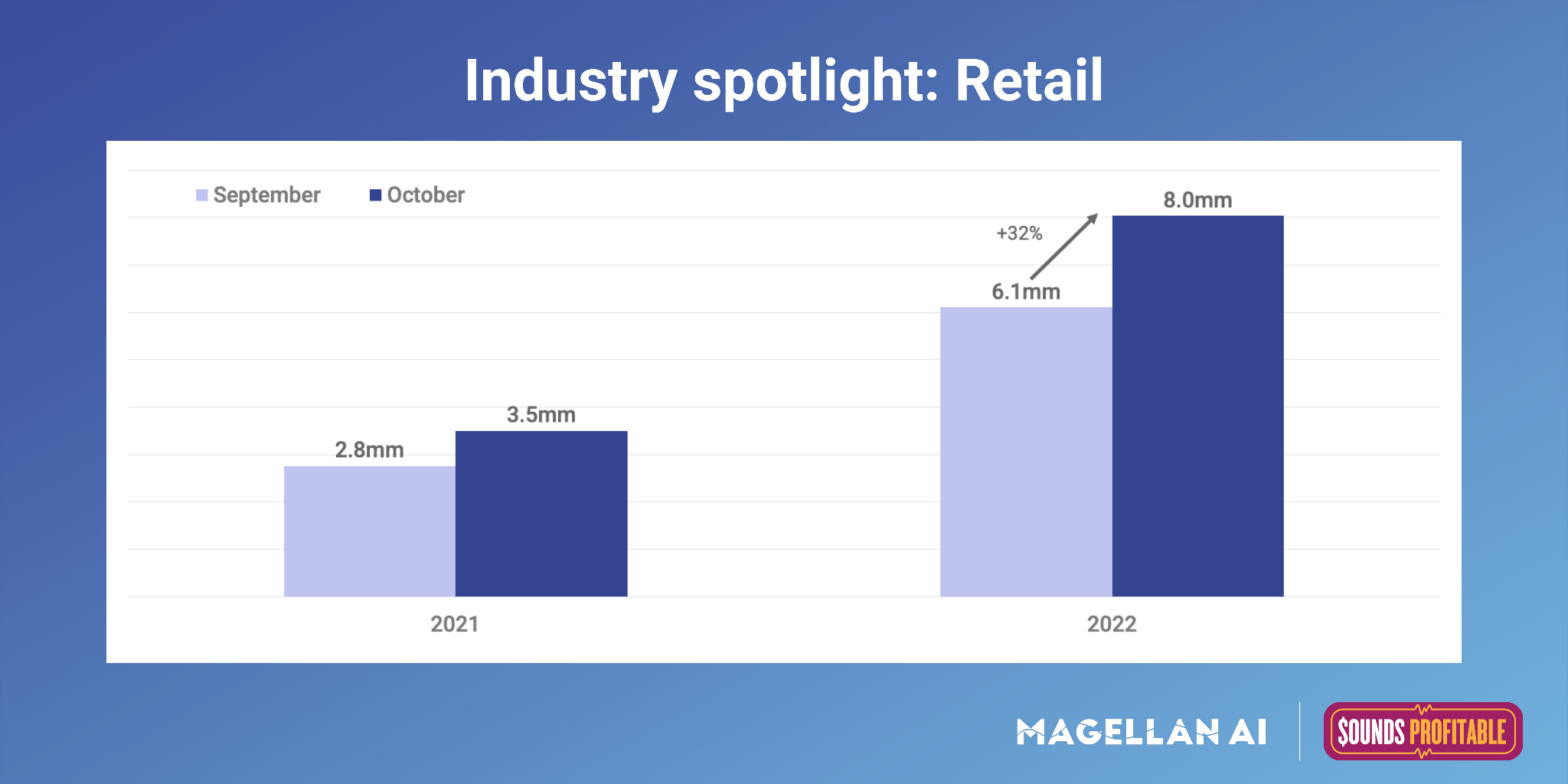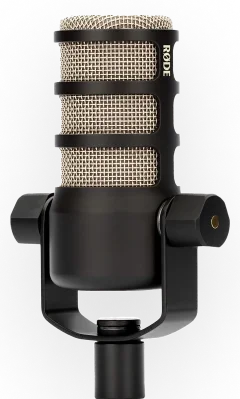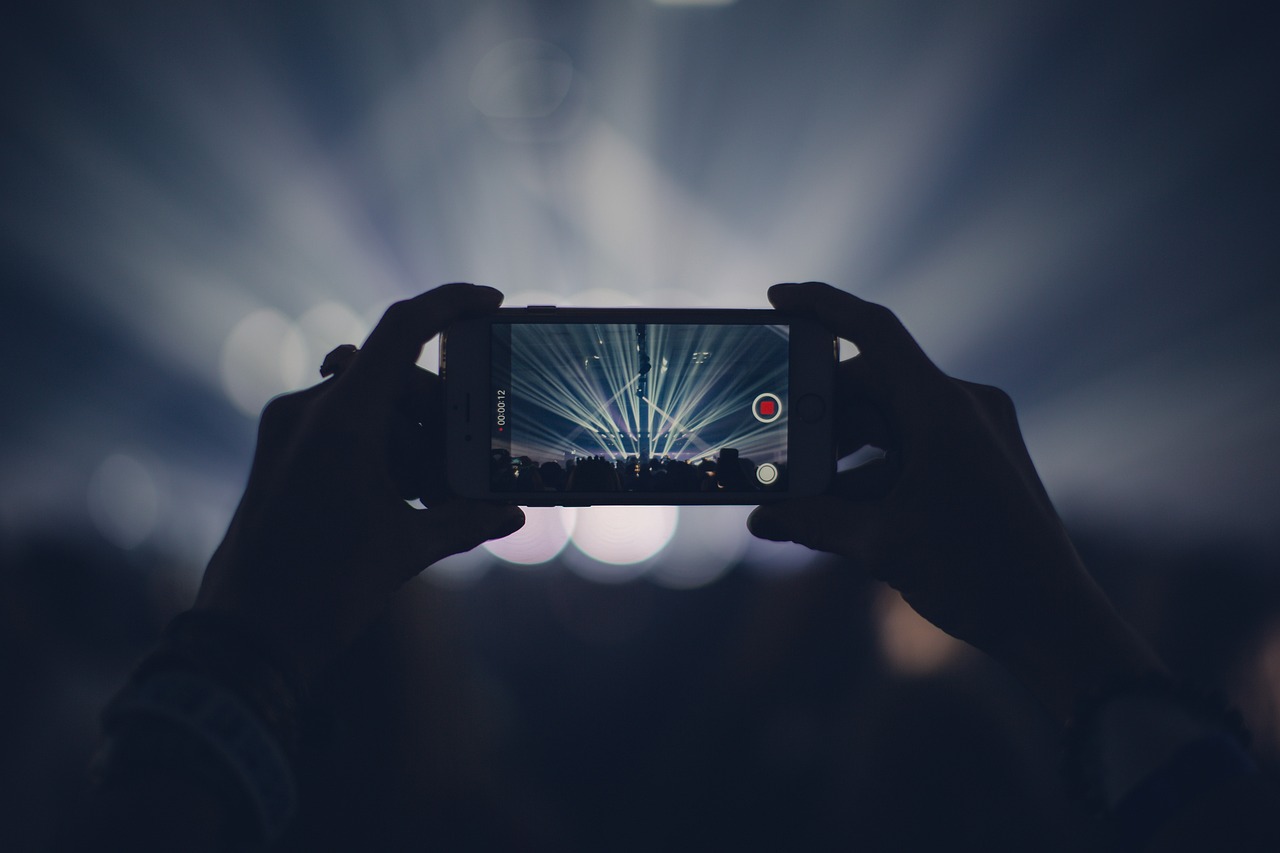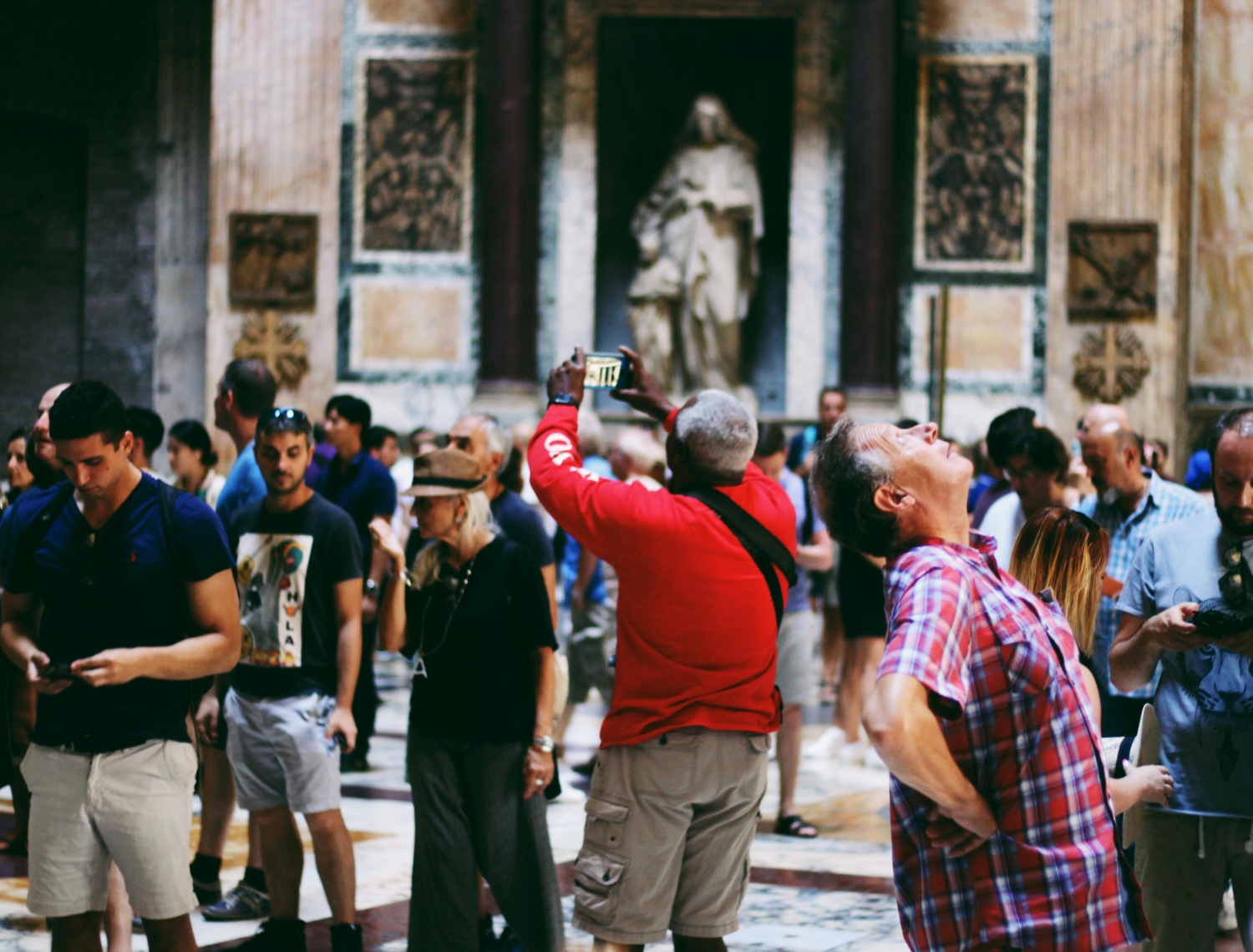This week on the Sounds Profitable DeepDive, Bryan Barletta is joined by Adthos CEO Raoul Wedel and operations manager Emile Renaud to walk through the Adthos Creative Studio. From shortform content creation to delivering creative into a VAST tag, the Adthos Creative Studio has tools to help you do all the work in one space. Tune in now!
Last week, Sounds Profitable released the latest in our quarterly research series, Safe and Sound, which is a look at brand safety/suitability from the listeners’ perspective. I encourage you not only to download the deck, but also to watch the actual presentation if you haven’t already. The story is nuanced – often in survey research you have to start with hypotheticals, and then work backwards to see if the results stay the same once confronted with specifics.
First, I think it’s important to define exactly what we are talking about when we talk about safety and suitability. Here is the Tom Webster $0.02 way to think about them: brand safety is about avoiding negative content, and suitability is about seeking relevant content.
Podcasting is fortunate that it has many tools available to respond to both advertiser needs, from transcripts, to tools like Barometer (which looks at transcripts and keywords, and matches advertisers to relevant content), to the producers and editors who review our content before it goes out into the world.
I wanted to sum up some of the key findings from Safe and Sound, but focus on what I think the real message from the research is: podcasting shouldn’t run away from brand safety/suitability concerns, because advertisers and agencies certainly won’t; rather, they should run towards them, because podcasting can actually lead in this area. But first, the salient points:
Seeking and Avoiding Offense
When you ask podcast listeners hypothetical questions about whether or not they change their opinions about brands that advertise on content they find offensive, the results were remarkably consistent: nearly four in ten podcast listeners will tell you, in various ways, that they would think less of those brands. This isn’t just true for podcasting, by the way. In this respect, podcast listeners aren’t so different from consumers of any medium. If you offend them, many will take their custom elsewhere.
Here’s the thing, though – podcast listeners aren’t so easily or often offended. Regardless of how sensitive they might be to potentially offensive content, the self-selected nature of podcasting means that those who embrace potentially objectionable content do so (and don’t find it particularly offensive), while those who are more sensitive to such content sculpt their listening to avoid it. The net result is that the hypothetical situation that about 38% of podcast listeners agree with – that they would associate brands with content that offended them – doesn’t occur that often in the wild, because generally we know what we are getting into when we choose to listen to a podcast.
Supporting this observation were some stark differences between 18-54 year-old listeners and those 55 or older. In the case of the latter, there was clearly a higher sensitivity towards potentially offensive content, and they certainly over-indexed as potentially having more negative associations with brands advertising on that content. They were also significantly less likely to report actually listening to that kind of content. For brands, this means that older listeners generally sculpt their listening to avoid content that might trigger negative associations. For podcast creators, it also tells you that if you want to attract an older audience (which remains podcasting’s least-developed audience segment), you have to speak to them differently.)
The situation was different with 18-54 year-old listeners. While they were more likely to consume content that might be potentially offensive or uncomfortable (to some), they were far less likely to actually be offended by it. Again, this is a self-selected medium. We looked at a few individual podcasts in this study, including Call Her Daddy, which no doubt would offend the sensibilities of many people – but not those of their listeners. If you are offended by frank discussions of sexuality, it’s probably not your show. But if you listen to that show, you are not only seeking exactly that content, you are much more favorable towards the brands that support it than those who wag their finger at such content without consuming it.
You Can Still Screw Up
None of these means that brand safety concerns are irrelevant to podcasting. Any given episode can contain content that even its audience finds objectionable. The key here is whether or not that content is typical of the podcast, or an outlier. The data suggests that the broader concern is less about the safety of the episode, and more about the potentially off-podcast reputation and activities of the host(s).
For instance, we probed the number one show in podcasting, The Joe Rogan Experience. About 15% of the podcast audience who have ever heard of the show (which is the vast majority of podcast listeners) find Rogan “very offensive.” But comprising that 15% are people who have heard of Rogan and never listened, and people who have actually listened to the show. The percentage of non-listeners who find Rogan “very offensive” is triple that of actual listeners. And listeners are five times more likely to say they would feel “much more favorable” to brands that support the show.
The same swings were observed with the two political podcasts we tested, The Ben Shapiro Show and The Rachel Maddow Show. Actual listeners were far less likely to be offended by these shows, and far more likely to be much more favorable towards the brands that support them, then are people who have heard of them…but never listened.
What this means is that for podcasts that are generally potentially controversial to some segment of the population, the actual content of the podcasts is probably not that important. Rogan could interview the Pope and not escape the perceptions many people have of him. The Pope episode could very easily slot into the lowest risk category (as established by the Global Alliance for Responsible Media) and still be perceived as “very offensive,” because of “that guy.” And let’s be clear, this is because that guy has a strong association with racist terminology, which was by far the most offensive type of content across the board with every segment of podcast listeners.
But what might happen if Rogan guested on your favorite board game podcast? This is potentially a different story. When asked what they would do if a podcast they regularly listen to featured content that offended them or made them feel uncomfortable, about 80% said they would continue to listen to that show, even if some of them bailed out on that episode.
The key here, then, is how generally safe or suitable the podcast is with its audience. The data tells us that most won’t “punish” the show or associated brands for the occasional transgression. But the safety of the hosts is another matter, and some of that is tied to this perception – nearly half of podcast listeners believe the hosts are involved with choosing the advertisers.
This Murder Is Brought To You By…
So far we have talked a lot about brand safety, but suitability is equally important. Brand safety is really a binary concern – content is or isn’t safe. But suitability lies on a spectrum. One thing our partners hear from some advertisers is that they are concerned advertising on True Crime podcasts, because they fear that they will be associated with grisly murders, and maybe those aren’t the fora to sell people stain removers (I mean, what is MORE applicable, right?)
But what we clearly saw in the research is that True Crime, which is the most popular content category with Women, by the way, is loved by its fans, who enjoy both the escapism aspects of the genre and the “procedural/mystery” components that make law enforcement dramas so wildly popular on TV. And they are overwhelmingly positive about the brands that support those podcasts. The majority of True Crime listeners agreed that they “like it when a brand supports” their favorite True Crime podcast, and they are more likely to remember that brand because of that support (there was virtually no disagreement with either statement.)
Again, people self-select the content that they are passionate about in podcasting – it’s hard to be “accidentally exposed” to a True Crime podcast. Brand suitability tools can help publishers and buyers gravitate towards content that is relevant – but using them to screen out whole genres like True Crime, or Comedy, or even News runs the risk of missing enormous audiences of passionate supporters of those genres. All of this goes back to my original definition of the difference between safety and suitability – the former helps you avoid negative content, while the latter steers you towards the most relevant content. The brands that smartly use those tools appropriately have enormous opportunities in podcasting. And we have those tools!
Wrapping Up – Podcasting’s Superpower
Throughout this article, I have emphasized that podcast listeners self-select their media diet. They screen out content they believe they will offend them, and seek out content that they are passionate about – even if that content might potentially offend others. The on-demand nature of podcasting is the medium’s strength here. What this means is that we should not disregard or belittle the concerns advertisers have about safety and suitability issues.
We should lead on those issues, because we have enormous advantages over many other mediums. We have transcripts! We have machine learning tools. We have show notes and taxonomies and descriptions and recommendation engines and all kinds of other things that some other channels advertisers spend a lot on. I mean, let’s be honest – with the unprecedented rise in hate speech on Twitter, no matter how you feel about Elon Musk, would you spend a dime there right now? Podcasting can actually steer into a leadership role on both safety and suitability by continuing to use the tools we already have, developing even more with the use of AI, and, crucially, by maximizing what the real superpower of podcasting is.
When I think about some of the (mostly) safety-related incidents I can recall in podcasting, from usage of the “N-word”, to denial of various actual historical events, to controversial takes about underrepresented segments of the population, many of these incidents occurred on podcasts that were actually executed live on other platforms and later preserved as podcasts. Stuff happens live. Replace the word “stuff” with something stronger if you want (I want to keep our GARM Low Risk rating on this newsletter). The mindset you have doing a live show is incredibly different to the mindset you have when you are recording a podcast natively, stopping and starting to get the content just right.
Now, you can’t fix your live content. But you also don’t have to hit publish. I am reminded of learning about the Toyota Production System when I was getting my MBA a while back. The TPS was the progenitor to Lean Manufacturing, and an influence on Six Sigma and a bunch of other manufacturing and process ideologies in business. One of my favorite aspects of the TPS was this: anyone can stop the line.
What this means is that any employee on the assembly line is empowered to hit the big red “stop” button if they see a defect. They needn’t fear for their job – in fact, they will be celebrated for doing so. This has always resonated with me, and I’ve taken many of those concepts to heart as a manager, though I’ve never been in manufacturing.
When a podcast host uses racist or sexist or anything-ist language on a podcast, even if it was broadcast live on another platform, there is a line that goes from host to editor to producer to whoever pushes “publish.” Anyone should be empowered to stop that line. When a host says something blatantly offensive on a podcast, it’s not just about the host. It is a cascading failure of that line. Showing leadership, to me, means giving everyone in the process access to that big red stop button, and making conscious decisions.
And that’s The Podcast Way, my friends.
Market Insights with Magellan AI

This week we are highlighting the retail industry, which increased spend by 32% between September and October 2022. The biggest retail brands driving this advertising increase included Amazon and Walmart, which made up close to half of the spend in the industry.
Looking back over the past year, the retail industry has increased spend by 118% TYD. More than half of that spending was allocated in the Sports, Comedy, and News genres. Over 25 retail advertisers have started advertising on podcasts so far in 2022 and year-to-date over 65% of retail ads Magellan AI has detected have been host-read.
Interested in more insights like this? Sign up to join the 15-minute monthly market update on December 22nd.
Anatomy of an Ad with ThoughtLeaders

Sponsoring brand: Helix Sleep
Where we caught the ad: Inside Marvel: A WandaVision Aftershow
Who else has sponsored this podcast? Smile Brilliant, BlueChew, Brooklinen, Athletic Greens
Where else has this brand appeared? Asian Not Asian, The Daily Beans, The Tim Ferriss Show, The Ben Shapiro Show, Busy Philipps is Doing Her Best
Why it works: Who doesn’t want a mattress customized to their exact preferences? The host of this podcast quickly (very quickly!) covers all the information about Helix Sleep – from the online quiz to some of the different options listeners may be interested in. He also adds in a quick personal anecdote mentioning that he too has a Helix mattress. The best snippet from this ad read: “We trust Helix to protect our sleep with the best mattress…”












































































































































































































